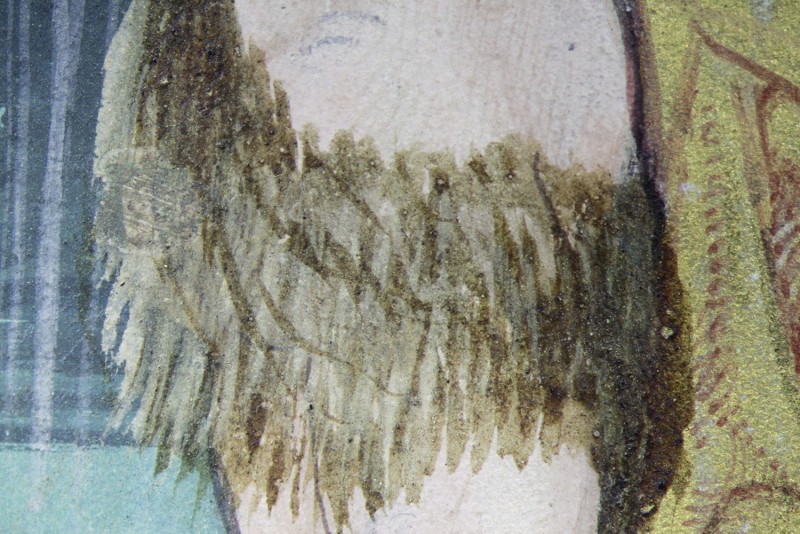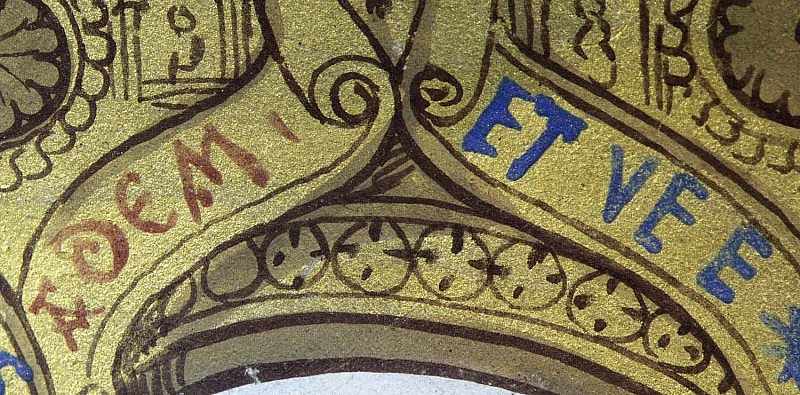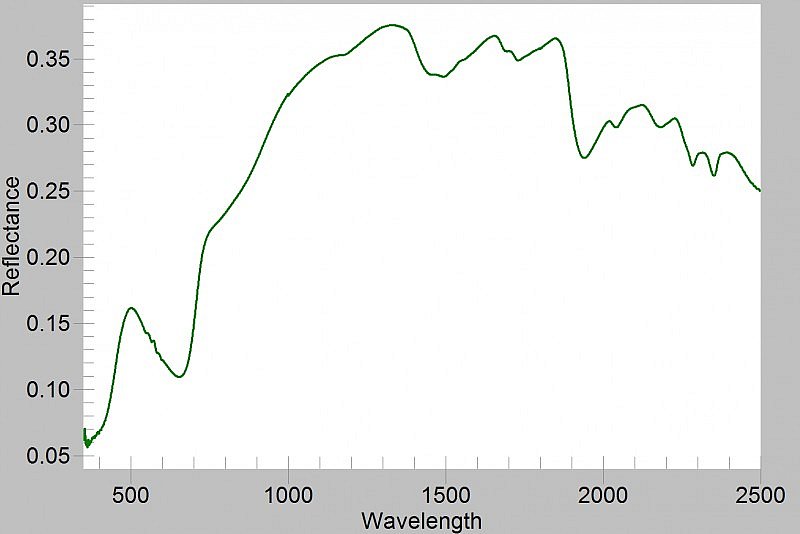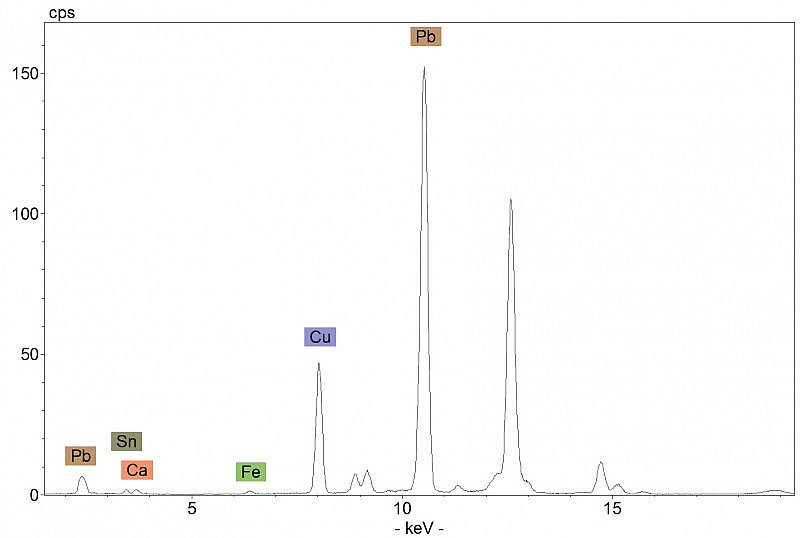'Artificial orpiment'
Artists' Materials
Used alongside other, more common yellow and orange pigments, ‘artificial orpiment’ is present in small details throughout the manuscript, including the feathers of some birds, the tunic of the innkeeper who refuses Mary and Joseph lodging, as well as the sleeves of one of the adoring shepherds.
To date, this unusual, glass-based pigment has only been identified in one other manuscript painted in Rome or Bologna around the same time as this Primer: Fitzwilliam Museum, Marlay cutting It. 25.






God creating sun, moon and stars; God creating Adam and Eve; God instructing Adam and Eve
At the request of a post-medieval owner who was offended by their nudity, the images of Adam and Eve on this page were overpainted to conceal the couple’s nakedness; Eve acquired a veil and Adam a skirt (hotspot 1). Using virtual ‘image restoration’ based on Partial Differential Equations (PDEs), it has been possible to create mathematical reconstructions of the scenes and to digitally ‘restore’ the figures to their original state (hotspot 2 and ‘Virtual restoration’ layer).
This is one of the pages where the artist used the unusual pigment known as ‘artificial orpiment’, mixed with lead-tin yellow in feathers of the bird in the upper border.
